论文总字数:72887字
摘 要
由于能源环境问题,电动汽车是新能源汽车产业的一项重大发展,而电动汽车取代传统燃油汽车是发展的趋势,然而良好的电动汽车及其基础设施建设与管理方案是推动电动汽车发展的动力。另一方面,随着各种信息技术的催促和支撑,智慧城市是城市发展的新目标。目前关于在智慧城市中进行电动汽车及其基础设施的建设与管理的研究较少。因此,本文从智慧城市大背景下对电动汽车充电基础设施布局优化与运营管理进行了相关研究。主要研究和研究方法如下:
第一章绪论。首先阐述了文章的研究背景和研究意义。然后对国内外关于智慧城市和电动汽车的研究现状进行了文献综述,为后面的研究分析奠定了了基础。随后对国内外电动汽车的发展现状进行了阐述。最后介绍了本文的主要研究内容和技术路线。
第二章电动汽车全生命周期智慧化管理与运营的系统架构设计。该章在智慧城市的理念和智慧城市基本构架上,以智慧城市中电动汽车建设目标为导向,考虑电动汽车面向不同相关者全生命周期各阶段项目功能需求,提出了智慧城市电动汽车管理与运营的系统构架和构架中的主要功能模块。简单阐述了各个功能模块的解决方案。
第三章智慧城市中电动汽车充电站选址定容研究。首先,通过调查问卷对电动汽车及其基础设施的需求偏好进行了调查,为后面的选址和调度问题提供了需求偏好数据。然后制定了基于中心地理论的选址网络布局和基于ArcGIS软件的具体可行性分析的方法,确定了按需定容的步骤和算法。最后通过对南京河西区域的充电站的选址定容进行了案例分析。
第四章电动汽车智能调度研究。首先对智能调度问题进行了概述,考虑多方需求的基础上对智慧城市中电动汽车调度系统进行了规划。然后基于智慧城市的构架体系和电动汽车调度系统的规划对智慧城市中的电动汽车调度系统进行了初步设计。最后,基于ArcGIS软件对单个体调度进行了模拟。
第五章以河西区域对选址定容和调度的案例分析。首先对电动汽车及基础设施需求及偏好进行了网上和实地问卷调查,得出了人们对电动汽车及充电站的需求偏好。然后基于ArcGIS的电子地图和中心地理论对河西区域的充电站进行了网络布局,再通过经济性分析确定了其中的一个充电站的具体选址。最后基于ArcGIS软件对个体调度进行了模拟。
总之,文章从智慧城市大背景下对电动汽车基础设施的布局优化和管理运营进行了研究,取得了一些成果:设计了电动汽车全生命周期智慧化管理与运营的系统架构;通过调查问卷得出了人们对电动汽车及充电站的需求偏好;提出了考虑后期发展的、考虑供需平衡的多时期的电动汽车选址定容方法;通过对“南京河西新城”电动汽车充电站的具体规划为实例分析,得到了区域各年度充电站的建设数量、建设位置及建设顺序;得到了由电动汽车调度信息库、充电站流量管理、个体电动汽车调度、与智能电网交通的交互四个模块构成的调度系统;采用GIS软件的网络分析功能模拟了个体调度中的出行路线规划及最近设施选址功能。
关键词:智慧城市,电动汽车,选址定容,调度,中心地理论,ArcGIS软件
ABSTRACT
Due to energy and environmental issues, the electric car is a significant development of new energy automotive industry. Electric cars replace traditional fuel vehicles is the development trend, and good management program of the electric vehicles and infrastructure is the power to promote the development of electric vehicles. On the other hand, with the urging of various information technology and support, Smart City is the new target for urban development. There are few studies on the construction and management of electric vehicles in Smart City currently. Therefore, research on electric vehicle charging infrastructure layout optimization and operations management from smart city background. The main research and research methods are as follows:
Chapter 1 introduces the background and significance of the research. Through review on the related researches domestic and abroad about Smart City and electric vehicle, lay the foundation for later research and analysis. Then elaborate development status of electric vehicles at home and abroad. Finally, introduce the main contents and technical route of this article.
Chapter 2 mainly designs the framework of Lifecycle wisdom electric vehicle management and operation. Based on the concept of smart city and smart city framework, considering different functional requirements of stakeholders at all stages of EV building Lifecycle, propose system architecture and framework for Smart City electric vehicle management and operations of the major functional blocks and briefly discusses the solution of each module.
Chapter 3 studies the electric vehicle charging station locating and sizing problem in Smart City. First, survey the electric vehicles and their infrastructure needs preferences through questionnaires. Then develop a feasibility analysis method for the layout of charging station based on central place theory and ArcGIS software. Finally, applies the method in Nanjing Hexi area for empirical study.
Chapter 4 is about the EV Intelligent Scheduling. First, overview the smart scheduling question and Plan the electric car scheduling system on the basis of considering various demands. Then preliminary design the electric vehicle scheduling system based on the Smart City architecture. Finally, based on ArcGIS software simulates a single individual scheduling.
Chapter 5 is about the case study of Hexi. First of all, online and field survey concerning the needs and preferences of electric vehicles and infrastructure was carried out and the result shows people’s demand and preference for electric vehicles and charging stations. Then, based on the electronic maps of ArcGIS and the theory of central place, the charging stations around Hexi were arranged on the Internet. After that, the specific location of one charging station was determined by the way of economic analysis. Finally, the individual scheduling was simulated based on the software called ArcGIS.
In conclusion, through the research on electric vehicle charging infrastructure layout optimization and operations management from smart city background, this paper has made the following achievements. First of all, the framework of Lifecycle wisdom electric vehicle management and operation is designed. Obtained the demand preference for electric vehicles and charging stations through the questionnaire. Considering the latest developments and demand balance, the electric vehicles multi periods locating and sizing methods are proposed. Through detailed planning of the "Nanjing Hexi New City" electric vehicle charging station as an example analysis, the number of building regional charging stations each year, building location and construction order are given. The network analysis function of GIS simulates the individual scheduling travel route planning and finding closest facility.
Key words: Smart City; electric vehicle; location and volume; scheduling; central place theory; ArcGIS software; Case study.
目 录
摘 要 I
ABSTRACT II
目 录 V
图目录 VIII
表目录 XI
第1章 绪论 1
1.1 研究背景 1
1.2 研究意义 1
1.2.1 理论意义 1
1.2.2 实践意义 2
1.3 国内外研究现状 2
1.3.1 智慧城市的研究综述 2
1.3.2 电动汽车研究综述 4
1.4 国内外电动汽车发展现状 6
1.4.1 国外发展现状 6
1.4.2 国内发展现状 7
1.5 研究内容与主要技术路线 9
1.5.1 主要研究内容 9
1.5.2 主要技术路线 10
1.6 本章小结 11
第2章 电动汽车基础设施全生命期智慧化管理与运营的系统架构设计 13
2.1 电动汽车基础设施 13
2.1.1 电动汽车及其充电设施介绍 13
2.1.2 电动汽车基础设施特性 14
2.1.3 电动汽车基础设施建设必要性 15
2.2 智慧城市构架体系 16
2.2.1 智慧城市目标及内容 16
2.2.2 智慧城市总体构架 16
2.3 智慧城市电动汽车基础设施建设目标和功能要素 18
2.3.1 智慧城市电动汽车基础设施建设目标 18
2.3.2 智慧城市电动汽车功能要素 18
2.4 智慧城市电动汽车基础设施管理与运营系统构架 18
2.5 电动汽车基础设施管理与运营系统子模块及解决方案 20
2.5.1 设计子模块 20
2.5.2 决策子模块 20
2.5.3 使用子模块 21
2.5.4 监控子模块 21
2.5.5 云计算平台 22
2.6 本章小结 22
第3章 智慧城市中电动汽车充电站选址定容 23
3.1 选址规划理论 23
3.2 选址定容主要技术路线 25
3.3 电动汽车充电站网络布局 26
3.3.1 电动汽车选址规划原则 26
3.3.2 电动汽车建设模式 26
3.3.3 电动汽车充电站服务半径 28
3.3.4 充电站网络布局 29
3.4 电动汽车充电站具体选址及可行性分析 31
3.4.1 电动汽车充电站选址要求 31
3.4.2 ArcGIS软件选址分析功能 32
3.4.3 电动汽车经济性分析 33
3.5 电动汽车需求定容 34
3.5.1 私家车充电需求 34
3.5.2 出租车充电需求 35
3.5.3 电动汽车充电站服务能力 36
3.5.4 公共充电站需求定容 36
3.6 本章小结 38
第4章 智慧城市中电动汽车智能调度 39
4.1 调度运筹理论 39
4.1.1 静态调度问题 39
4.1.2 动态调度问题 39
4.2 电动汽车智能调度问题概述 40
4.2.1 电动汽车调度需求 40
4.2.2 电动汽车调度问题 41
4.3 智慧城市中电动汽车调度系统规划与构架设计 42
4.3.1 智慧城市电动汽车调度系统规划 42
4.3.2 智慧城市电动汽车调度系统构架 44
4.4 基于ArcGIS软件的单个体调度分析 46
4.4.1 ArcGIS软件网络分析功能介绍 46
4.4.2 个体调度功能流程分析 47
4.4.3 基于ArcGIS网络分析个体调度 49
4.5 本章小结 50
第5章 智慧城市电动汽车充电站选址布局与调度案例分析——以“南京河西新城”为例 51
5.1 电动汽车需求调查 52
5.1.1 南京市电动汽车充电站现状 52
5.1.2 智慧城市电动汽车及基础设施需求及偏好问卷调查 54
5.2 河西新城电动汽车充电站选址定容 63
5.2.1 河西概况 63
5.2.2 ArcGIS软件电子地图建立 64
5.2.3 基于ArcGIS软件网络规划 65
5.2.4 基于ArcGIS软件的候选站址的选定 69
5.2.5 具体可行性分析 75
5.2.6 充电站需求定容 77
5.3 河西新城电动汽车个体调度 82
5.3.1 基于ArcGIS的最优路程选择模拟 83
5.3.2 基于ArcGIS的最近服务设施选择模拟 85
5.4 本章小结 87
第6章 结论与展望 89
6.1 主要研究结论 89
6.2 创新点 90
6.3 进一步研究的展望 90
致 谢 91
附 录 93
附录 1智慧城市电动汽车及基础设施需求及偏好调查 93
附录 2 2015~2020年河西区域充电站建设规划图 95
附录 3 2020~2025年河西区域充电站建设规划图 96
参考文献 97
图目录
图 1‑1智慧城市技术构架 4
图 1‑2电动汽车智能充电调控框架设想 6
图 1‑3 TESLA美国超级充电站布局图 7
图 1‑4 我国新能源汽车一季度产量比例图 8
图 1‑5主要内容模块图 9
图 1‑6主要技术路线图 10
图 2‑1 智慧城市技术与应用内容 16
图 2‑2 智慧城市总体架构图 17
图 2‑3 电动汽车构架体系构成路线图 19
图 2‑4 电动汽车管理与运营系统构架 19
图 3‑1 中心地理论示意图 24
图 3‑2 选址定容主要技术路线图 25
图 3‑3电动汽车多阶段建设模式图 27
图 3‑4 中心地理论充电站网络布局 30
图 3‑5 交通原则下的中心地系统 30
图 3‑6 点多环缓冲区结果图 33
图 3‑7 线多环缓冲区结果图 33
图 3‑8 充电站需求定容技术路线图 37
图 4‑1 车-网-路电动汽车调度需求图 40
图 4‑2 电动汽车调度问题示意图 41
图 4‑3 关键成功因素法分析图 43
图 4‑4 鱼刺图 44
图 4‑5智慧城市中电动汽车调度系统构架 45
图 4‑6 智慧城市中电动汽车调度系统结构图 46
图 4‑7 个体调度规划出行路线功能流程分析 48
剩余内容已隐藏,请支付后下载全文,论文总字数:72887字
相关图片展示:
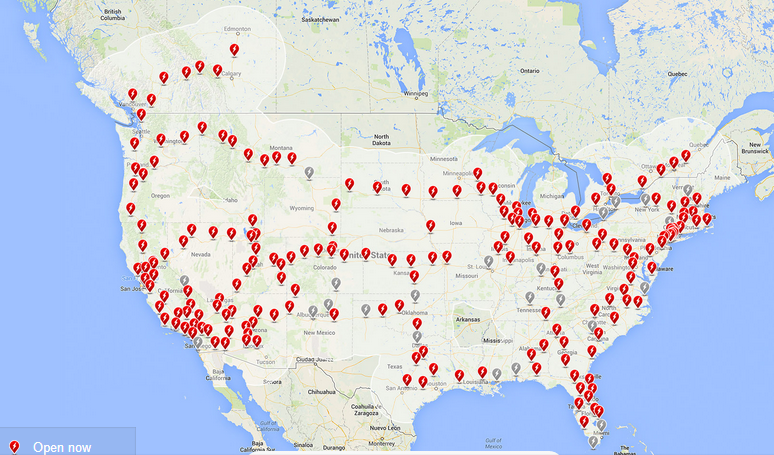
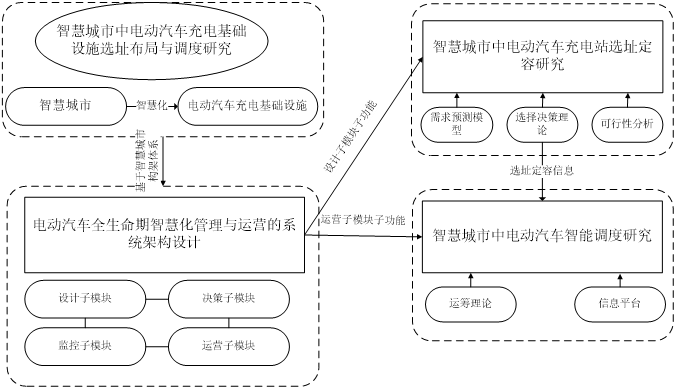
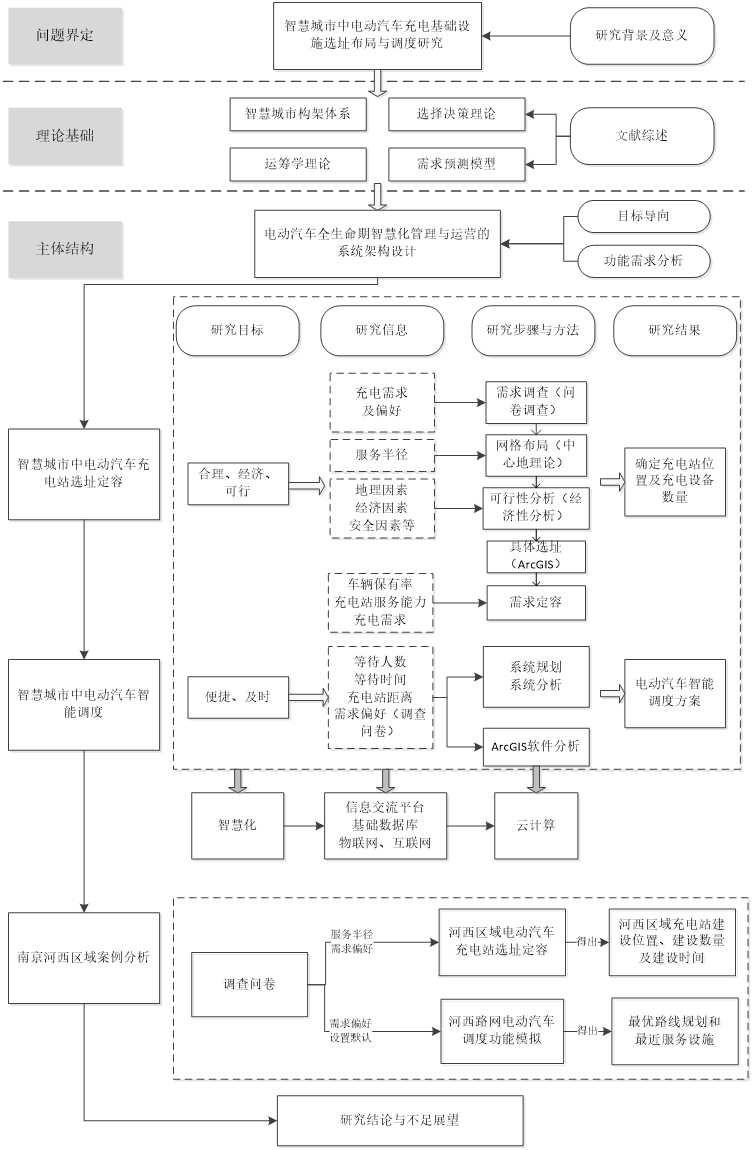
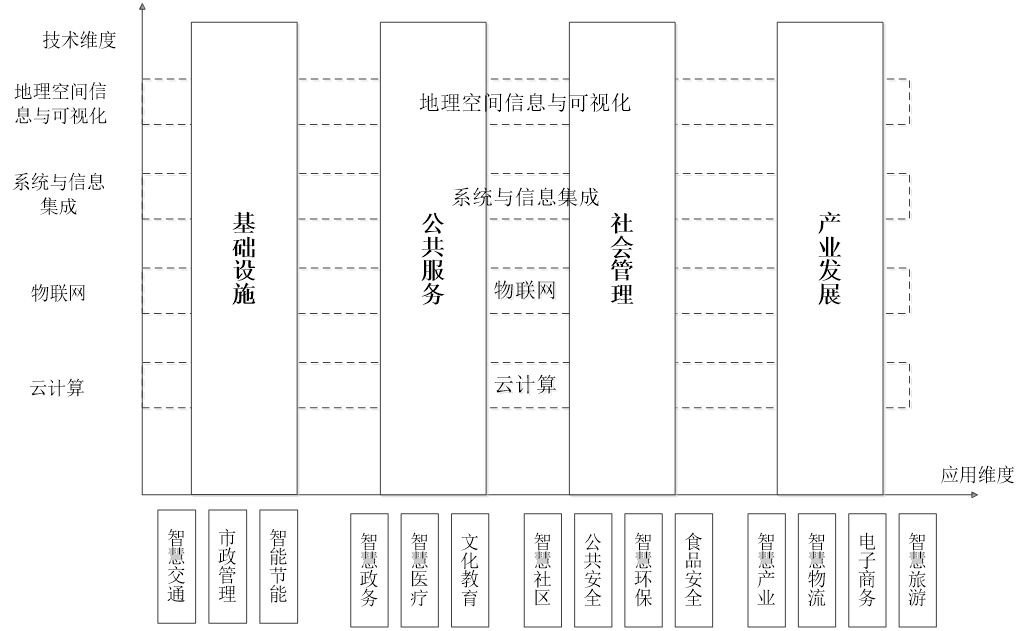
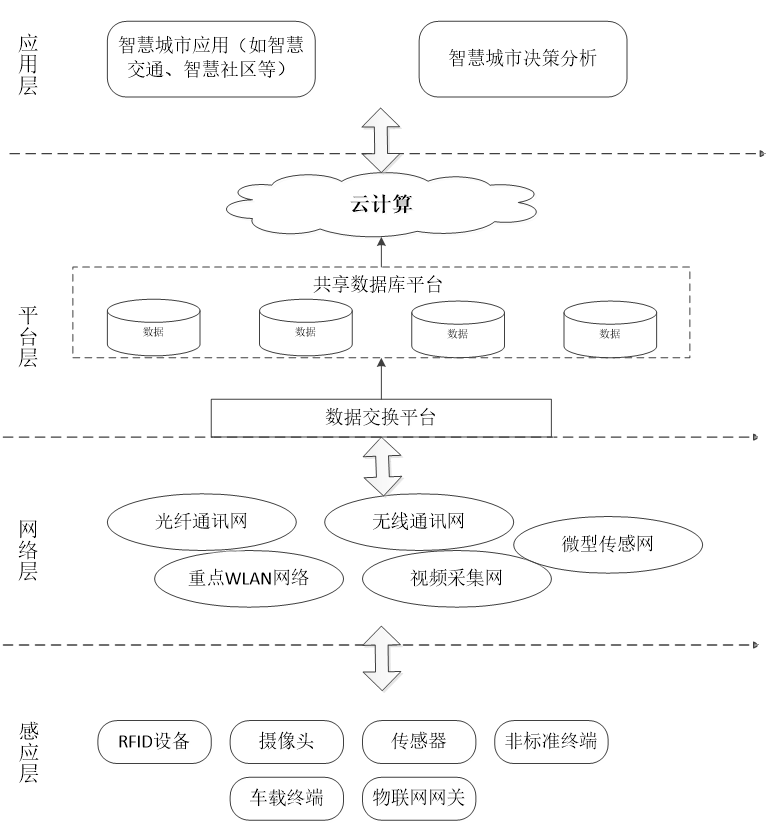
该课题毕业论文、开题报告、外文翻译、程序设计、图纸设计等资料可联系客服协助查找;


